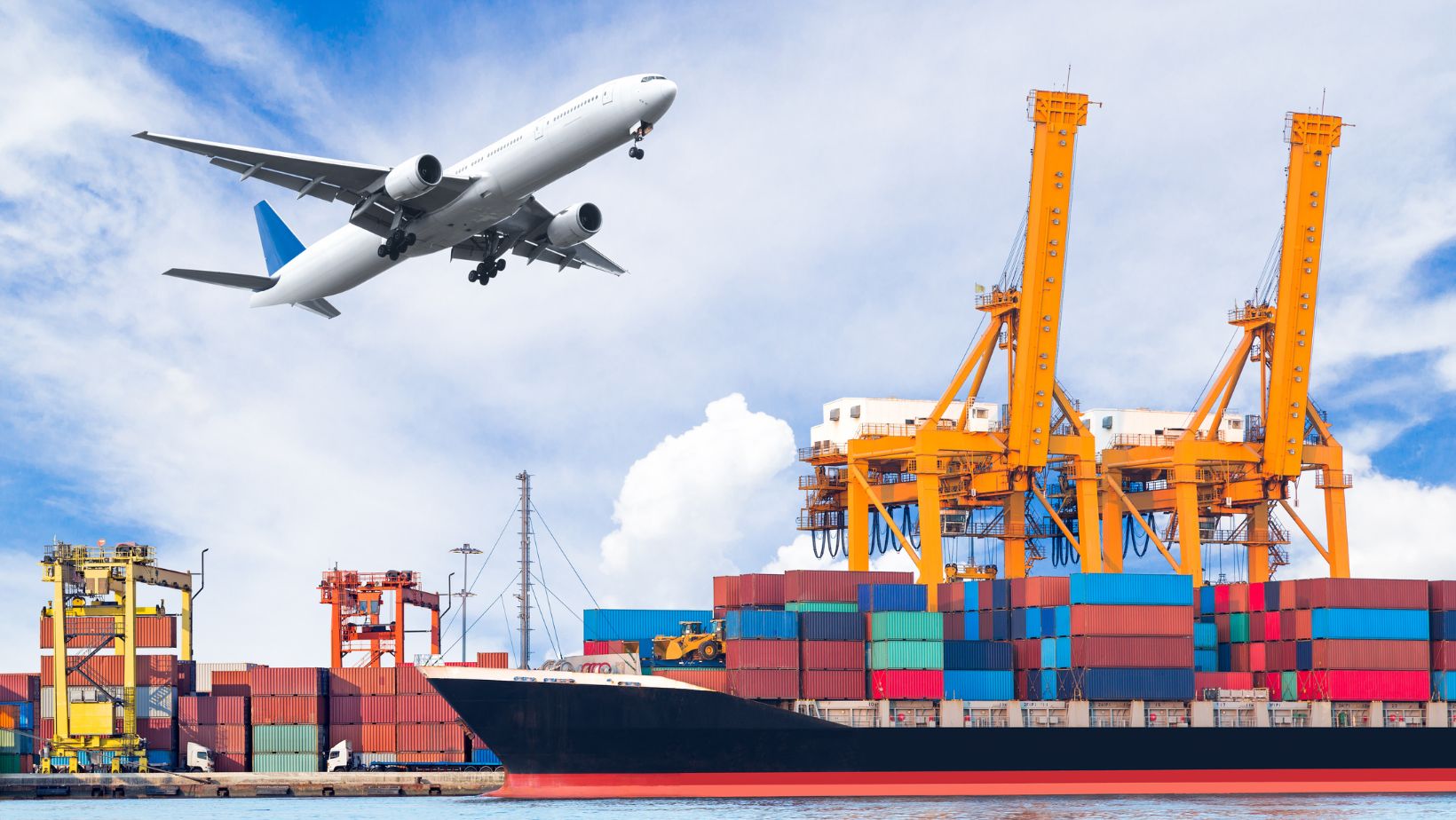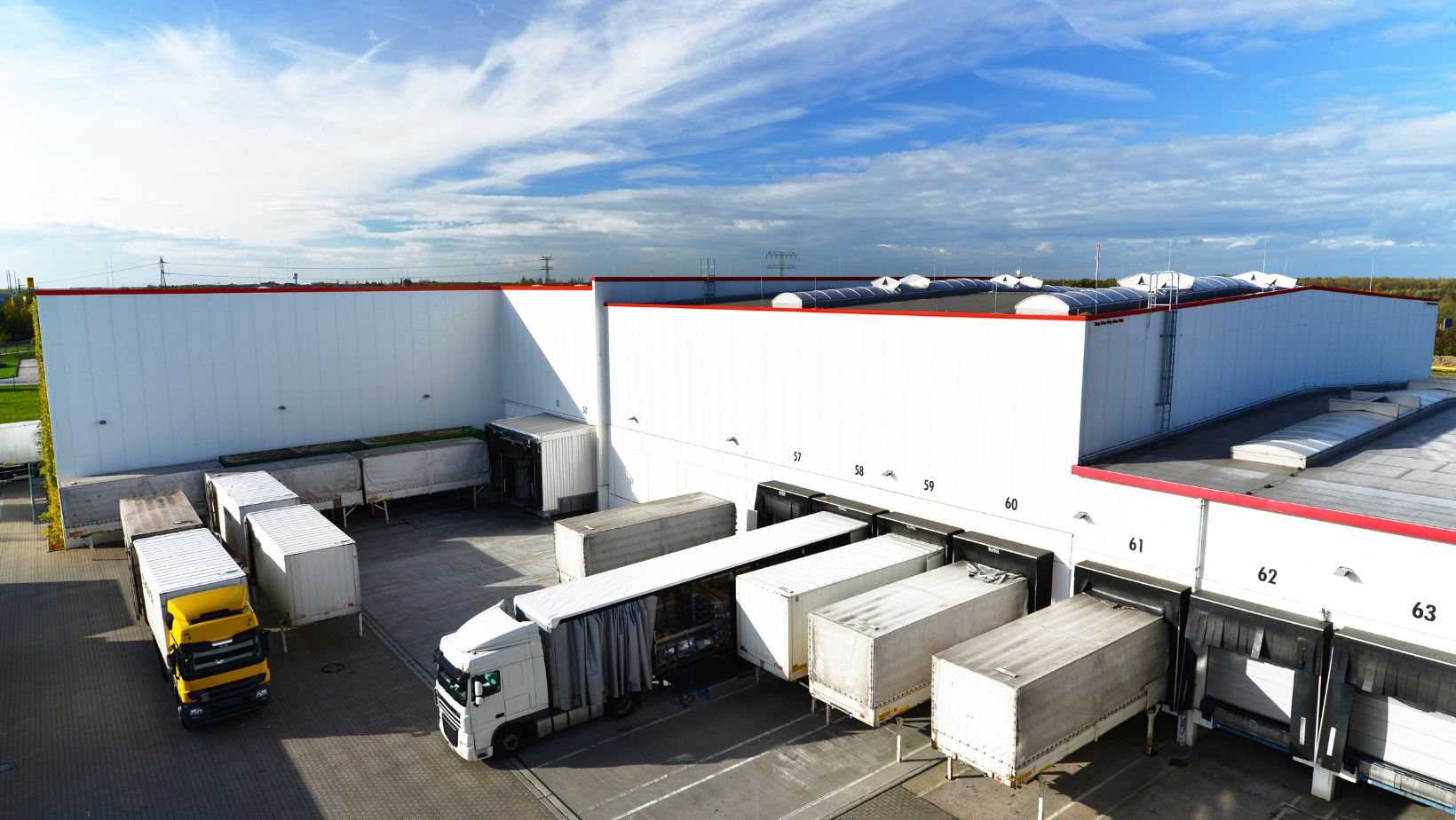Logistics and transport play a crucial role in business operations, ensuring the movement of goods from one location to another. However, this industry faces multiple risks that can disrupt supply chains, increase costs, and affect customer satisfaction. Businesses must implement effective risk management strategies to minimize disruptions and protect their operations.
Risk management in logistics involves identifying potential threats, assessing their impact, and implementing strategies to mitigate them. This article explores the key risks in logistics and transport, along with best practices to manage and reduce these risks.
Key Risks in Logistics and Transport
Several risks can affect logistics and transportation businesses. Understanding these risks is the first step in creating a strong risk management strategy. Effective risk management in logistics and transport helps mitigate disruptions, ensuring smooth operations and cost efficiency.
Operational Risks
Delays due to traffic congestion, vehicle breakdowns, or inefficiencies in supply chain management can impact delivery timelines and customer satisfaction.
Financial Risks
Fuel price fluctuations, unexpected costs, penalties due to non-compliance, and damage to goods can lead to financial losses for businesses.
Regulatory and Compliance Risks
Businesses must comply with various national and international transport laws. Failing to meet these regulations can result in fines, legal actions, and reputational damage.
Cybersecurity Risks
With the rise of digital supply chains, logistics businesses must protect themselves against cyber threats, data breaches, and hacking attempts.
Environmental and Safety Risks
Transporting hazardous materials, extreme weather conditions, and accidents on the road pose risks to the environment, drivers, and the general public.
Strategies for Identifying and Assessing Risks
Businesses must proactively identify and assess risks to minimize disruptions. Some effective strategies include:
- Conducting regular risk assessments to analyze vulnerabilities in supply chain operations.

- Using data analytics and artificial intelligence to predict potential disruptions.
- Implementing risk management frameworks such as ISO 31000 to standardize risk assessment.
- Monitoring logistics operations through real-time tracking and auditing to detect inefficiencies early.
Coolest Practices for Risk Mitigation in Logistics and Transport
Reducing risks in logistics requires a combination of advanced technology, compliance measures, and strategic planning. Businesses can follow these best practices:
Invest in Fleet Maintenance and Tracking
Regular maintenance and inspections of vehicles help prevent mechanical failures that can lead to delays or accidents. GPS tracking ensures real-time monitoring of shipments.
Implement Route Optimization and Real-Time GPS Tracking
Advanced route planning software helps drivers avoid congested areas, reducing delivery delays and fuel consumption.
Ensure Proper Insurance Coverage
Businesses should invest in comprehensive insurance for cargo, fleet, and third-party liabilities to minimize financial losses in case of unexpected incidents.
Train Employees on Safety and Compliance
Proper training ensures that drivers, warehouse staff, and supply chain managers follow safety protocols and adhere to transport regulations.
Use Digital Supply Chain Management Tools
Technology-driven logistics platforms provide real-time visibility, allowing businesses to monitor shipments, anticipate disruptions, and enhance overall efficiency.
Technology’s Role in Risk Management
Technology plays a crucial role in reducing risks and improving operational efficiency in logistics and transport.
- Artificial Intelligence and Predictive Analytics help anticipate delays, demand fluctuations, and supply chain risks.
- Internet of Things (IoT) Devices track shipments, monitor fleet health, and provide alerts for maintenance needs.
- Blockchain Technology ensures secure and transparent transactions across the supply chain.

- Cloud-Based Transport Management Systems (TMS) improve coordination between suppliers, carriers, and logistics managers.
Crisis Management and Emergency Planning
Even with preventive measures, unexpected disruptions can occur. Businesses must have an emergency plan in place to handle crises effectively.
- Develop a business continuity plan to ensure operations continue during supply chain disruptions.
- Establish strong communication channels to coordinate responses between teams, suppliers, and customers.
- Implement contingency plans for alternative suppliers, routes, and transport methods in case of unexpected failures.
- Conduct regular emergency drills to prepare employees for handling accidents, cyberattacks, or compliance issues.
Conclusion
Effective risk management in logistics and transport is essential for ensuring smooth operations, reducing financial losses, and maintaining customer trust. Businesses must proactively assess risks, invest in technology, and train employees to handle challenges effectively.
Looking ahead, advancements in artificial intelligence, blockchain, and automation will continue to reshape risk management in logistics. Companies that embrace these technologies and implement strategic risk mitigation practices will stay ahead in the competitive transportation industry.
By adopting proactive measures and leveraging technology, businesses can safeguard their logistics operations, improve efficiency, and ensure long-term success in a rapidly evolving marketplace.


